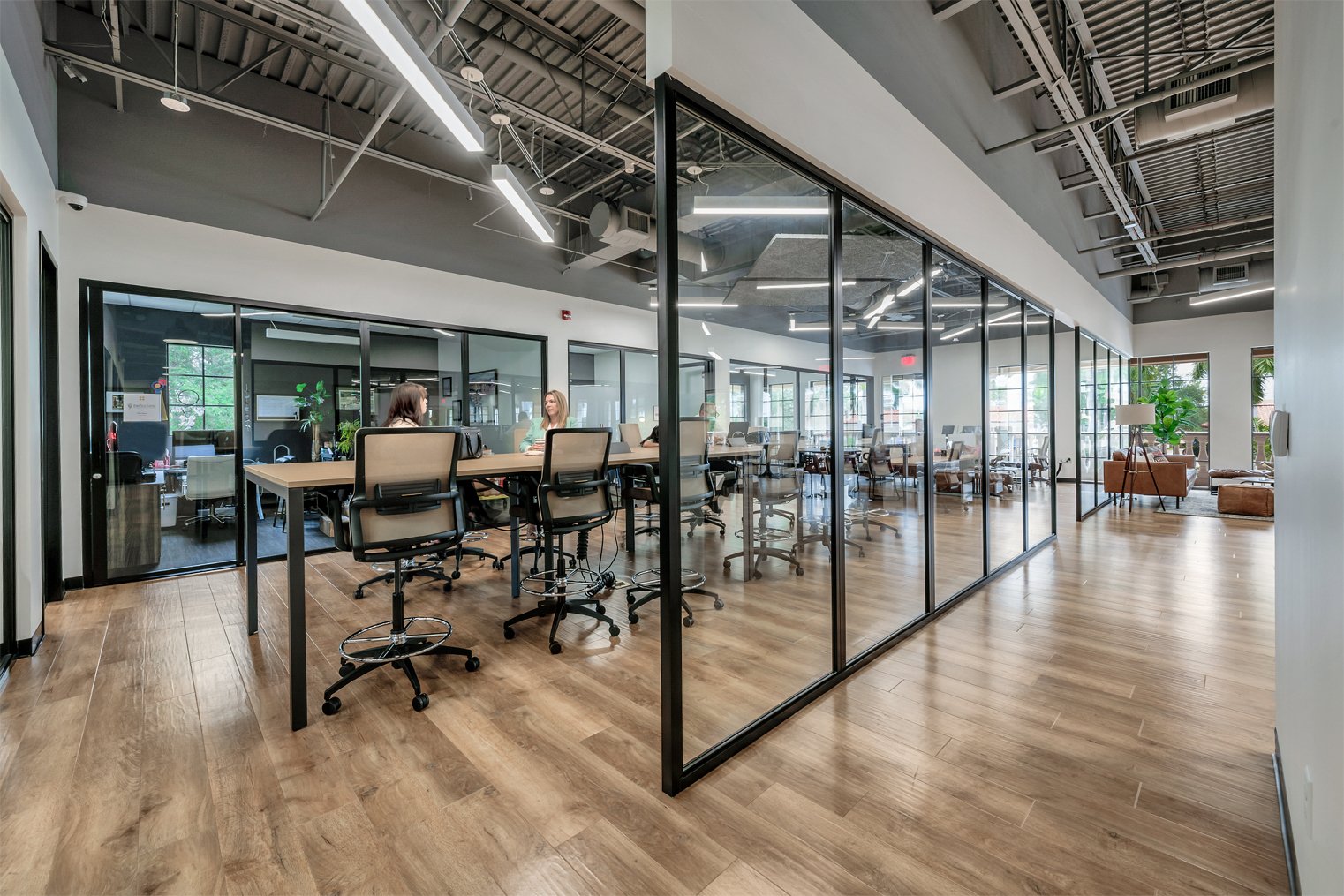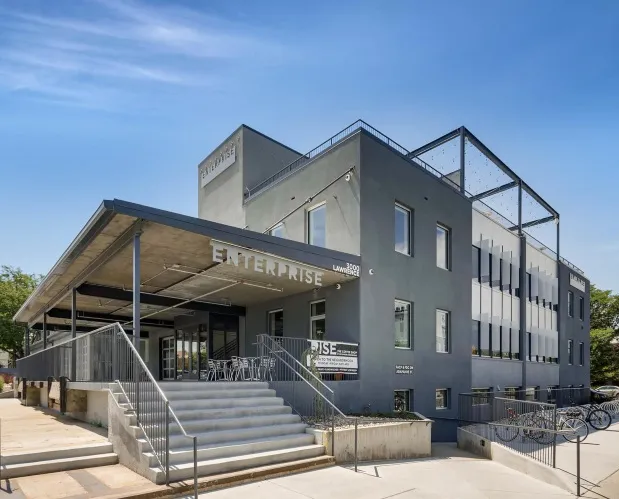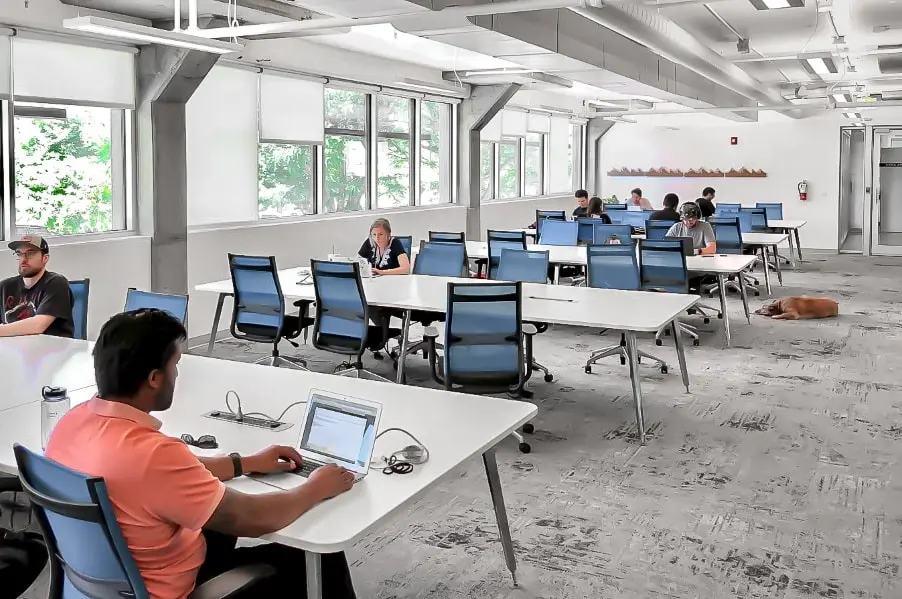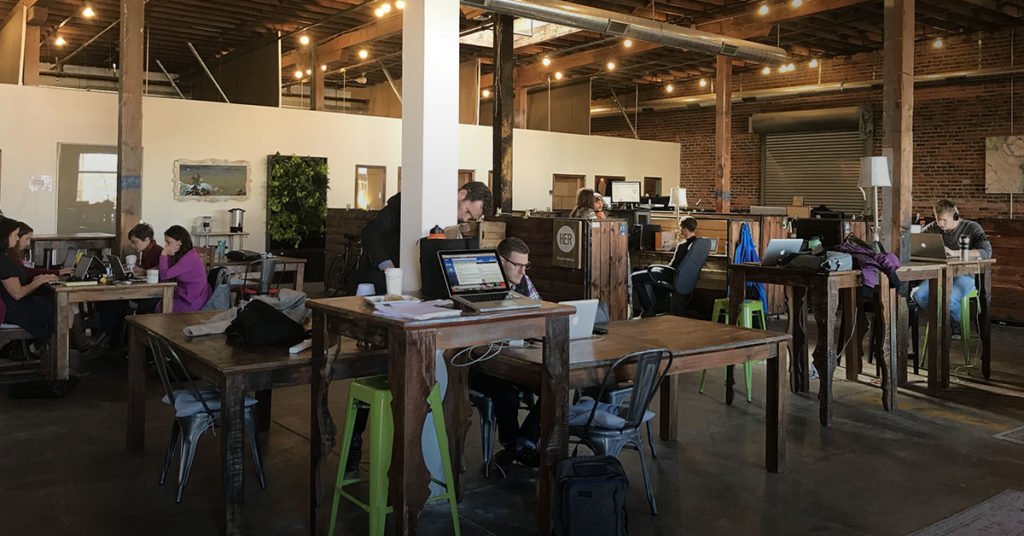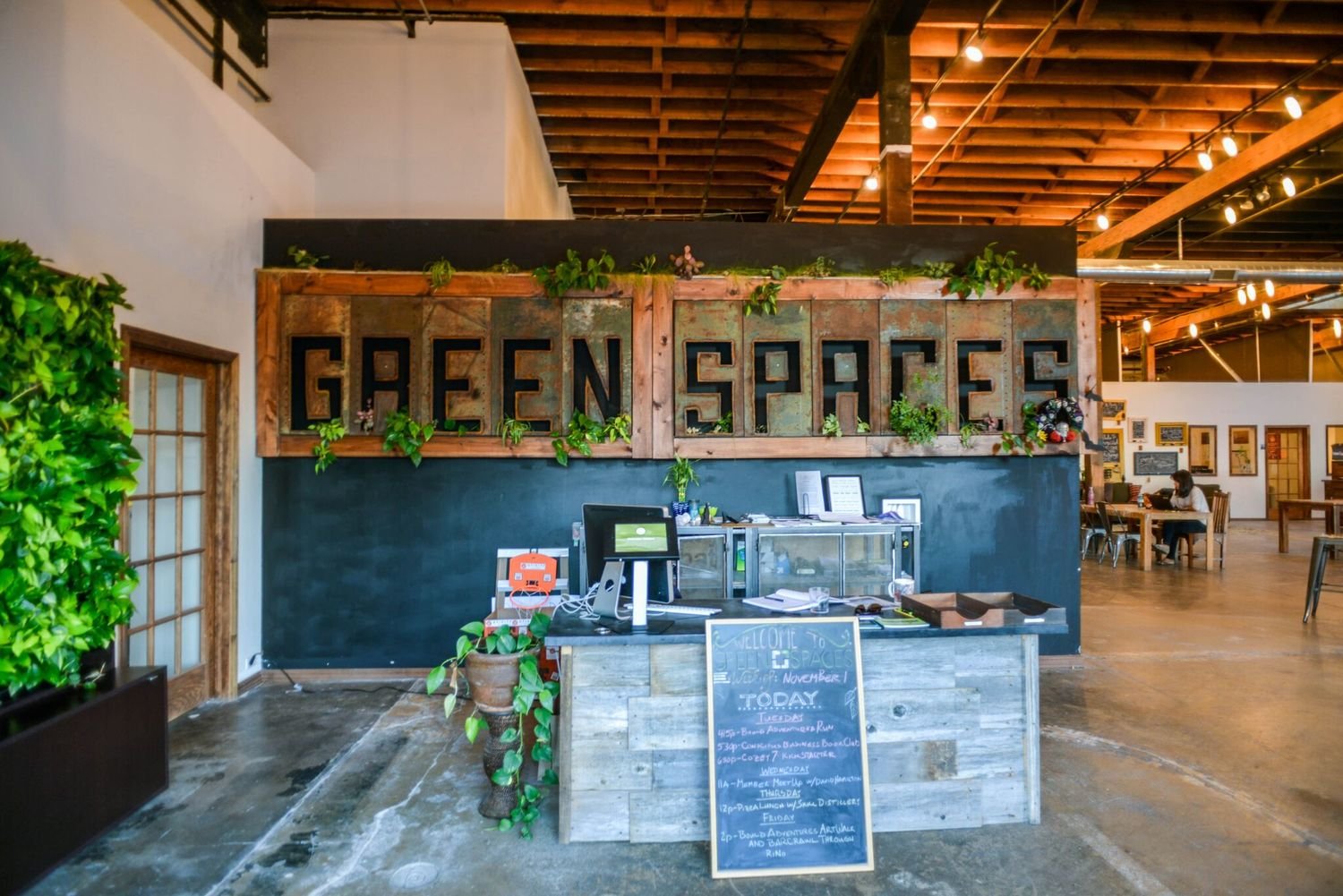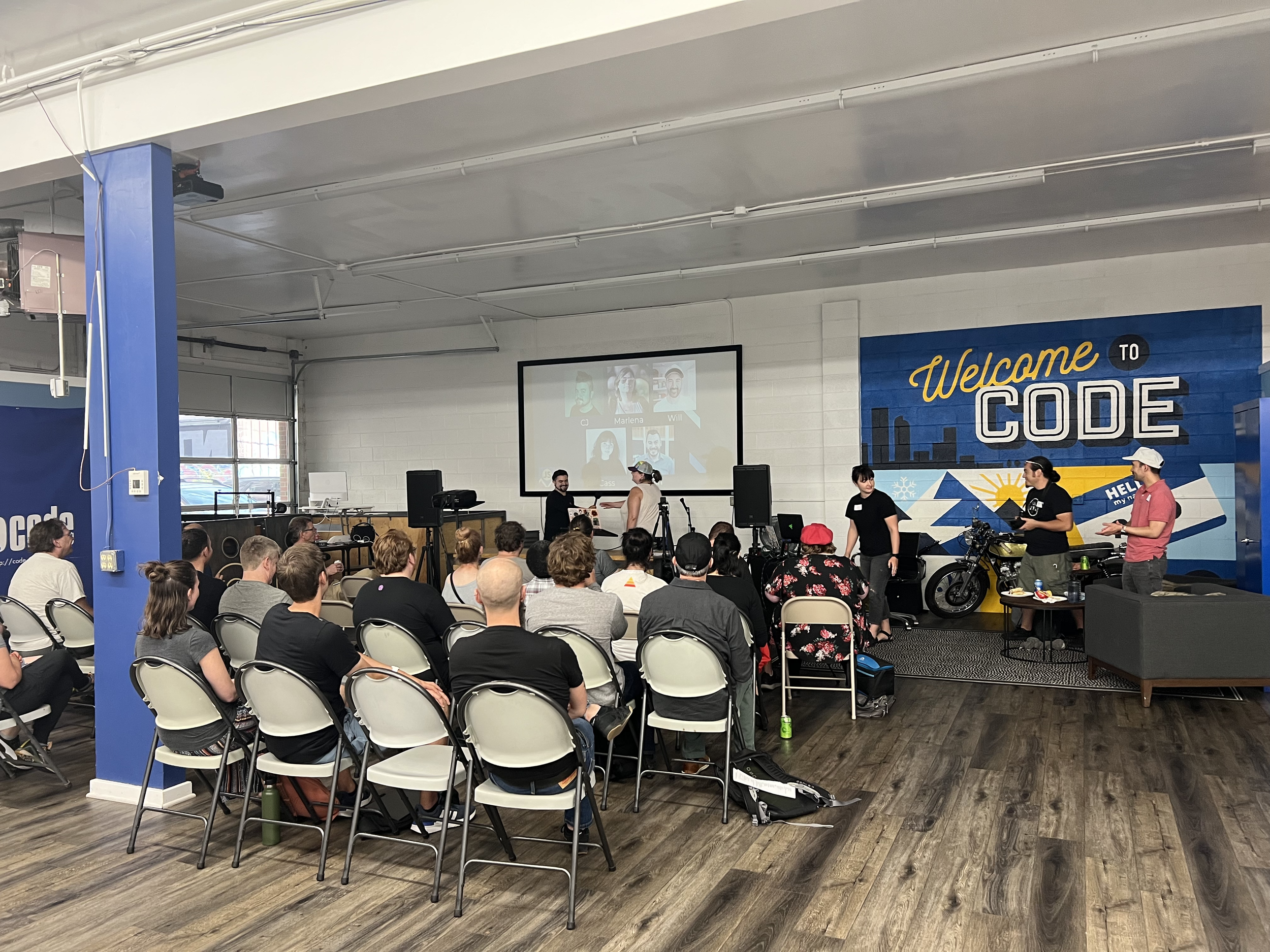At Code, we want to help our candidates stand out as the best possible fit for a job. We feel that taking extra steps to help our candidates stand out is essential to help them secure the job of their dreams. With the right strategies, we can help you to differentiate yourself and increase your chances of landing that dream position. Here are seven effective ways to stand out as a candidate:
1. Craft an Impressive Resume and Cover Letter:
Your resume and cover letter are often the first things hiring managers see. Tailor your resume to the specific job you're applying for, highlighting your relevant skills, experiences, and accomplishments. Ensure your cover letter is well-written, showcasing your enthusiasm for the role and how your unique qualifications align with the company's needs.
2. Leverage Your Online Presence:
Optimize your online presence to make a positive impression. Create a LinkedIn profile that reflects your professional brand, emphasizing your accomplishments and expertise. Additionally, consider maintaining a personal website or portfolio showcasing your projects, skills, and achievements. A strong online presence can provide employers with a more comprehensive view of your capabilities.
3. Acquire Relevant Certifications and Skills:
Stay updated with the latest trends and advancements in your field by obtaining relevant certifications and honing your skills. Many industries value ongoing learning, and showcasing your dedication to self-improvement can set you apart from other candidates.
4. Network and Attend Industry Events:
Networking is a powerful tool for professional growth. Attend industry-related events, workshops, and seminars to expand your network and gain insights into your field. Engage in meaningful conversations, share your experiences, and show genuine interest in others. You never know when a connection could open the door to a new opportunity. A perfect way to start is to check out our Coffee Club, which takes place every Friday morning or some of the meetups we host in our space. Check out the calendar here.
5. Demonstrate Your Soft Skills:
Soft skills, such as communication, adaptability, and problem-solving, are highly valued by employers. Showcase these skills throughout the interview process by providing specific examples of how you've successfully utilized them in past experiences. Employers appreciate candidates who can effectively collaborate and communicate with teams.
6. Show Enthusiasm and Passion:
Express genuine enthusiasm for the role and the company during the interview. Research the organization thoroughly, understand its values, missions, and culture, and demonstrate how your goals align with theirs. Passion for your work and alignment with the company's vision can set you apart as a candidate who is genuinely committed to contributing to the company's success.
7. Seek and Act on Feedback:
After interviews or networking events, don't hesitate to seek feedback. Constructive criticism can help you identify areas for improvement and refine your approach. Demonstrating a willingness to learn and grow shows that you are proactive and genuinely invested in your professional development.
Standing out as a candidate in a competitive job market involves a combination of a strong application, effective networking, continuous learning, and genuine enthusiasm for the opportunities you pursue. By employing these strategies and showcasing your unique qualities, you can significantly enhance your chances of securing the job you desire. If you need more assistance finding your dream job, reach out to our team and we will help in any way we can. Good luck!
